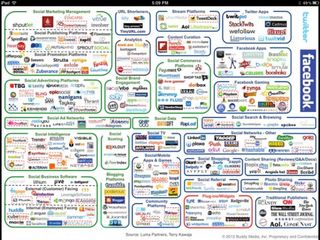If you are like me, you are reluctant to follow too many systems in your life. Many of us feel that adhering to a system is restraining and robs us of our freedom…much like being in a cage. But, if I survey my life honestly, anything that I have ever achieved has required the implementation of some sort of disciplined system. 
Take my physical conditioning for example… I have regularly worked out at least three days per week since 1986. Now, you might believe that this, in and of itself, would qualify as an adequate system to keep me in shape. But at a closer look, we all know how easy it is to go to the gym without a clear plan and perhaps maintain some level of conditioning, but not really improve. In fact, I would say that I deteriorate over time… without a recorded system.
Conversely, when I have a plan, I adhere to it, record my improvements, and remain accountable to the plan. In a nutshell, I'm not approaching my workout haphazardly. It is during these periods that I can see and feel tremendous progress.
What if I told you that one of the most successful businesses in the world is executed by 16-year- olds and managed by 24-year-olds? Would you believe me? The secret is the consistent, unfailing execution of a system. The company is McDonald's.
What do you need to improve on? What area of your business or your life needs to experience growth? Once you know, do the following:
- Find and follow a system.
- Do not venture off of the system.
- Have someone hold you accountable to the system.
- Compete with someone who uses the same system.
- Track your results and aim for constant improvement.
 Editor's Note: This article was written by Dr. David Mashburn. Dave is a Clinical and Consulting Psychologist, a Partner at Tidemark, Inc. and a regular contributor to WorkPuzzle. Comments or questions are welcome. If you're an email subscriber, reply to this WorkPuzzle email. If you read the blog directly from the web, you can click the "comments" link below.
Editor's Note: This article was written by Dr. David Mashburn. Dave is a Clinical and Consulting Psychologist, a Partner at Tidemark, Inc. and a regular contributor to WorkPuzzle. Comments or questions are welcome. If you're an email subscriber, reply to this WorkPuzzle email. If you read the blog directly from the web, you can click the "comments" link below.













